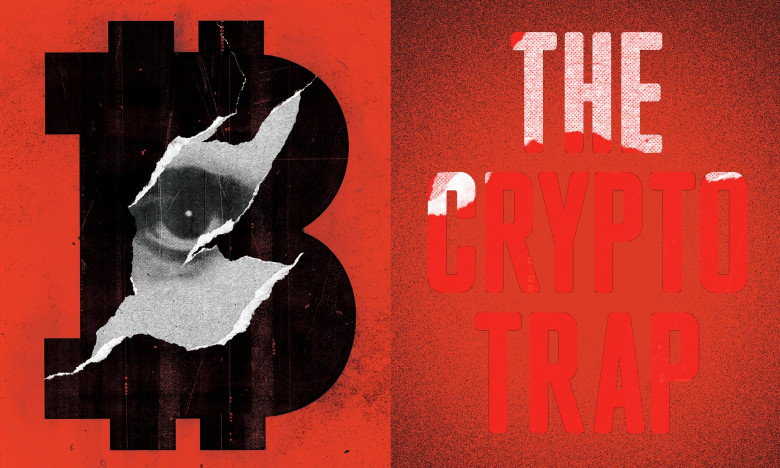Inside the Bitcoin Bust That Took Down the Web’s Biggest Child Abuse Site

Early one fall morning in 2017, in a middle-class suburb on the outskirts of Atlanta, Chris Janczewski stood alone inside the doorway of a home he had not been invited to enter.
Moments earlier, armed Homeland Security Investigations agents in ballistic vests had taken up positions around the tidy two-story brick house, banged on the front door, and when a member of the family living there opened it, swarmed inside. Janczewski, an Internal Revenue Service criminal investigator, followed quietly behind. Now he found himself in the entryway, in the eye of a storm of activity, watching the agents search the premises and seize electronic devices.
They separated the family, putting the father, an assistant principal at the local high school and the target of their investigation, in one room; his wife in another; the two kids into a third. An agent switched on a TV and put on Mickey Mouse Clubhouse in an attempt to distract the children from the invasion of their home and the interrogation of their parents.
Janczewski had come along on this raid only as an observer, a visitor flown in from Washington, DC, to watch and advise the local Homeland Security team as it executed its warrant. But it had been Janczewski’s investigation that brought the agents here, to this average-looking house with its well-kept yard among all the average-looking houses they could have been searching, anywhere in America. He had led them there based on a strange, nascent form of evidence. Janczewski had followed the links of Bitcoin’s blockchain, pulling on that chain until it connected this ordinary home to an extraordinarily cruel place on the internet—and then connected that place to hundreds more men around the world. All complicit in the same massive network of unspeakable abuse. All now on Janczewski’s long list of targets.









































































